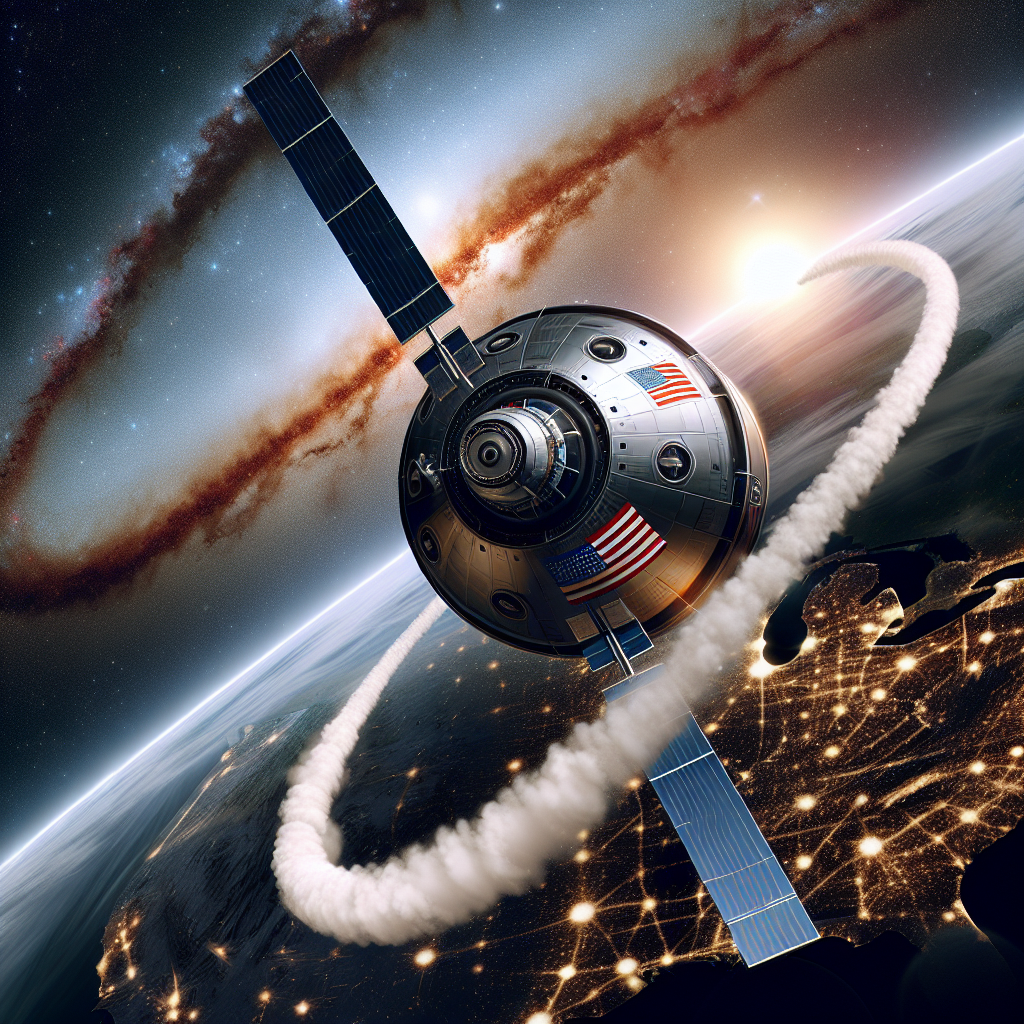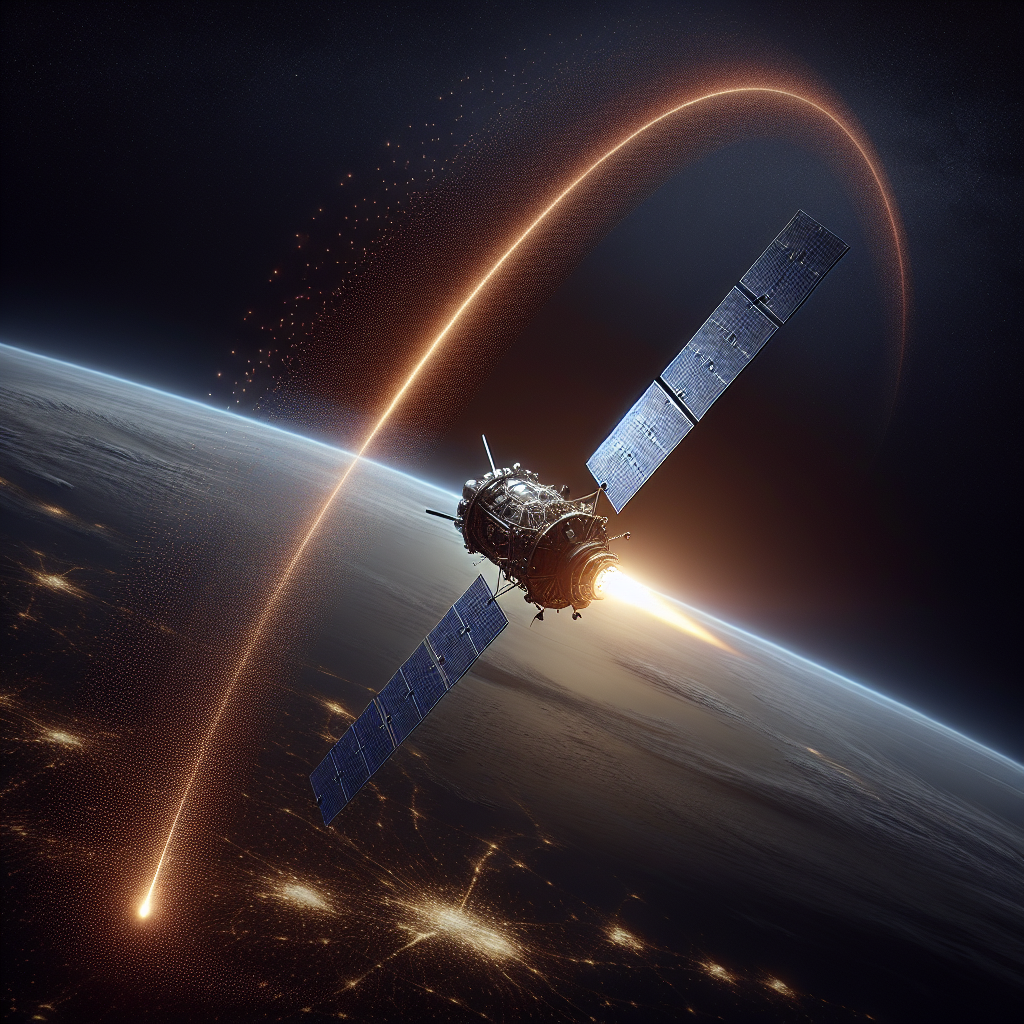Understanding Aerobraking: The Secretive Maneuver by a US Spacecraft in Earth’s Orbit
Understanding Aerobraking: The Secretive Maneuver by a US Spacecraft in Earth’s Orbit

Introduction to Aerobraking
Aerobraking is a sophisticated space maneuver used by spacecraft to reduce speed and adjust their orbits by utilizing a planet’s atmosphere. This technique is both cost-effective and fuel-efficient, making it a valuable tool in space exploration.
The Science Behind Aerobraking
By carefully navigating through the upper layers of a planet’s atmosphere, a spacecraft can slow down due to atmospheric drag. This process allows for:
- Reduction in fuel consumption
- Extended mission duration
- Enhanced orbital precision
Recent US Spacecraft Mission
A recent mission by a US spacecraft has brought aerobraking into the spotlight. This mission involved a series of calculated maneuvers in Earth’s orbit, showcasing the potential of aerobraking in modern space missions.
Benefits of Aerobraking
The use of aerobraking offers several advantages:
- Cost savings on fuel
- Increased payload capacity
- Improved mission flexibility
Challenges and Considerations
Despite its benefits, aerobraking presents challenges such as:
- Complex navigation requirements
- Potential risks from atmospheric conditions
- Need for precise timing and control
Conclusion
Aerobraking is a crucial maneuver in space exploration, offering significant advantages in terms of cost and efficiency. The recent US spacecraft mission highlights its potential and underscores the importance of continued research and development in this area. As space missions become more ambitious, aerobraking will likely play an increasingly vital role in their success.

















